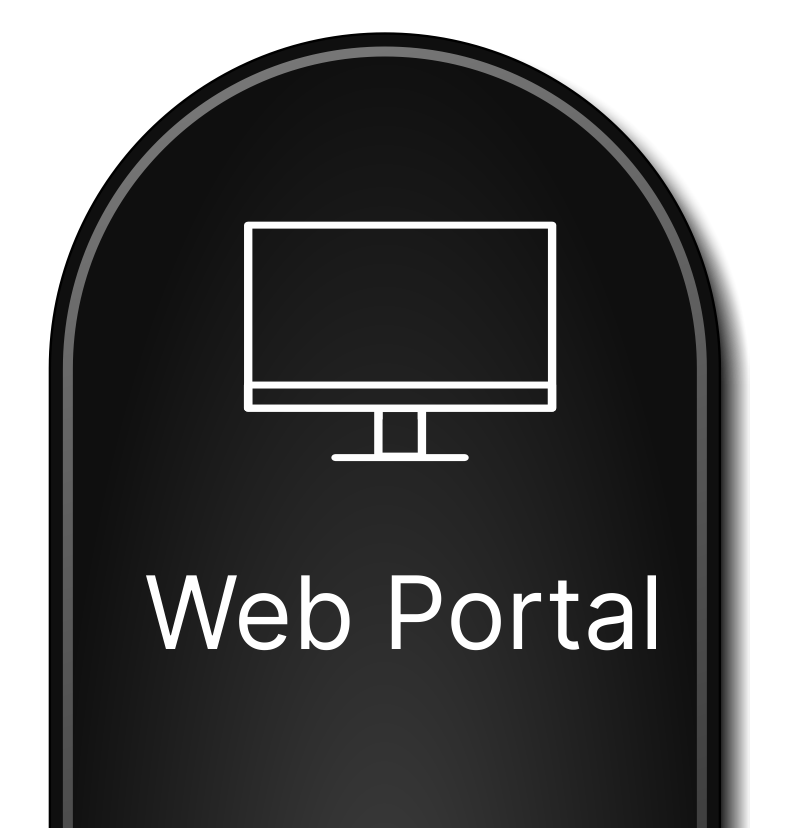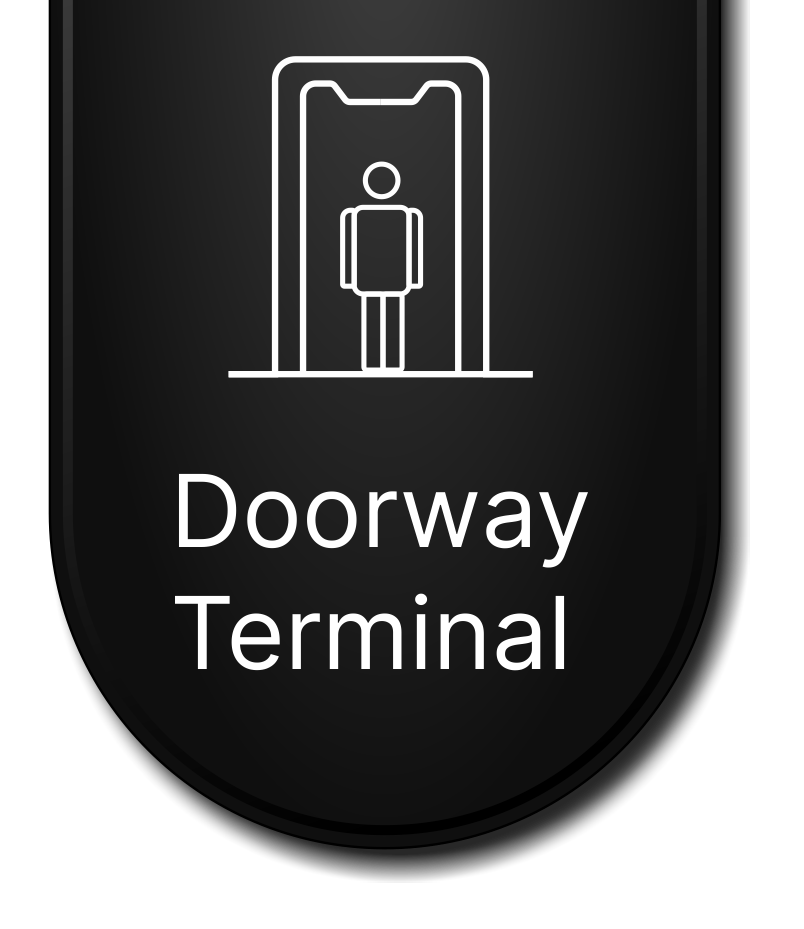Docsun Computation Medlab Ltd report on the guidance of COVID -19 prevention in educational Institutions based on the Centers for Disease Control and Prevention (CDC) recommendation of universal indoor masking for all teachers, staff, students, and visitors to educational Institutions, regardless of vaccination status.
Schools are an important part of the infrastructure of communities. They provide safe and supportive learning environments for students that support social and emotional development, provide access to critical services, and improve life outcomes. They also employ people, and enable parents, guardians, and caregivers to work. Though COVID-19 outbreaks have occurred in school settings, multiple studies have shown that transmission rates within school settings, when multiple prevention strategies are in place, are typically lower than – or similar to – community transmission levels.
However, with COVID-19 cases increasing nationally, driven by the B.1.617.2 (Delta) variant of SARS-CoV-2, protection against exposure remains essential in school settings. Because of the highly transmissible nature of this variant, along with the extent of mixing of vaccinated and unvaccinated people in schools, the fact that children <12 years of age are not currently eligible for vaccination, and low levels of vaccination among youth ages 12-17, CDC recommends universal indoor masking for all students (age 2 years and older), teachers, staff, and visitors to K-12 schools regardless of vaccination status.
Schools should work with local public health officials, consistent with applicable laws and regulations, including those related to privacy, to determine the additional prevention strategies needed in their area by monitoring levels of community transmission (i.e., low, moderate, substantial, or high) and local vaccine coverage, and use of screening testing to detect cases in educational institutions. For example, with a low teacher, staff, or student vaccination rate, and without a screening testing program, schools might decide that they need to continue to maximize physical distancing or implement screening testing in addition to mask wearing.
Schools should communicate their strategies and any changes in plans to teachers, staff, and families, and directly to older students, using accessible materials and communication channels, in a language and at a literacy level that teachers, staff, students, and families understand.
Docsun On Key Points to Consider as Prevention Measures in Educational Institutions
- Students benefit from in-person learning, and safely returning to in-person instruction is a priority.
- Vaccination is the leading public health prevention strategy to end the COVID-19 pandemic. Promoting vaccination can help schools safely return to in-person learning as well as extracurricular activities and sports.
- Due to the circulating and highly contagious Delta variant, CDC recommends universal indoor masking by all students (age 2 and older), staff, teachers, and visitors to educational institutions, regardless of vaccination status.
- In addition to universal indoor masking, CDC recommends schools maintain at least 3 feet of physical distance between students within classrooms to reduce transmission risk. When it is not possible to maintain a physical distance of at least 3 feet, such as when schools cannot fully re-open while maintaining these distances, it is especially important to layer multiple other prevention strategies, such as screening testing.
- Screening testing, ventilation, handwashing and respiratory etiquette, staying home when sick and getting tested, contact tracing in combination with quarantine and isolation, and cleaning and disinfection are also important layers of prevention to keep schools safe.
- Students, teachers, and staff should stay home when they have signs of any infectious illness and be referred to their healthcare provider for testing and care.
- Many schools serve children under the age of 12 who are not eligible for vaccination at this time. Therefore, this guidance emphasizes implementing layered prevention strategies (e.g., using multiple prevention strategies together consistently) to protect students, teachers, staff, visitors, and other members of their households and support in-person learning.
- Localities should monitor community transmission, vaccination coverage, screening testing, and occurrence of outbreaks to guide decisions on the level of layered prevention strategies (e.g., physical distancing, screening testing).
Docsun on Prevention Strategies to Reduce Transmission of SARS-CoV-2 in Educational Institutions
- Promoting Vaccination
- Consistent and Correct Mask Use
- Physical Distancing
- Screening Testing
- Ventilation
- Handwashing and Respiratory Etiquette
- Staying Home When Sick and Getting Tested
- Contact Tracing in Combination with Isolation and Quarantine
- Cleaning and Disinfection
DocSun∙Computation∙MedLab∙Ltd∙mission∙is∙using∙technology∙to∙create∙life-long∙ Solutions∙ ∙∙∙The ∙article∙reference∙data∙from∙the∙CDC∙and∙WHO∙
Original link to the article:- https://www.cdc.gov/coronavirus/2019-ncov/community/schools-childcare/k-12-guidance.html















